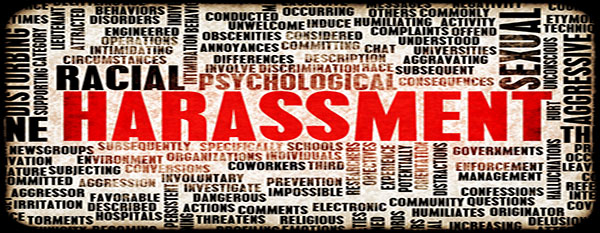Under Title VII, employers can be liable for harassment based on sex, race, religion, and national origin under several circumstances. One circumstance that tends to give rise to the most complex questions is when an employee is harassed by a coworker or peer who is not their supervisor. In these circumstances, employers are liable when it (1) had actual or constructive knowledge of the harassment and (2) failed to take prompt and appropriate corrective action.
An employer has actual knowledge when it is directly aware of an employee’s complaint about harassment. The most obvious and common example of actual knowledge is when an employee utilizes their employer’s formal complaint process to report harassment.
Conversely, an employer has constructive knowledge of harassment when it should have known or had reason to know of the harassment, even if it did not have direct knowledge of it. There are a few ways employers are commonly deemed to have had constructive knowledge of harassment, including:
- Repeated conduct: If there is a pattern of harassment in the workplace, an employer may be deemed to have constructive knowledge of the conduct. For example, if multiple employees reported similar incidents of harassment by an employee in the past, the employer likely had reason to know that harassment has constructive knowledge of harassment even if it doesn’t have actual knowledge of a new or specific incident.
- Open/or and obvious conduct: If the harassment was open and/or obvious, an employer may be deemed to have constructive knowledge of the harassment. For example, if a coworker regularly made explicit sexual comments or gestures in front of others, the employer should have known that harassment was likely occurring.
When an employer knows—actually or constructively—that one employee is or may be harassing another, it must take prompt and appropriate corrective action. Indeed, before it even has knowledge of a specific instance of harassment, an employer should already have clear and accessible policies and procedures in place to prevent harassment in the first place. However, recognizing that policies alone do not always prevent harassment, employers must take proper steps to stop harassment when it does occur.
The first step in doing so is promptly and thoroughly investigating allegations of harassment. If an employer does not do so and then otherwise fails to address the alleged harassment, it will very likely be deemed to have not taken appropriate corrective action. Investigating allegations of harassment is not only itself an integral part of appropriate corrective action, but it also helps determine what additional corrective action should be taken because it gives employers understand the facts of what actually has happened. Armed with that knowledge, employers can then determine how to proportionally and properly address the underlying conduct.

